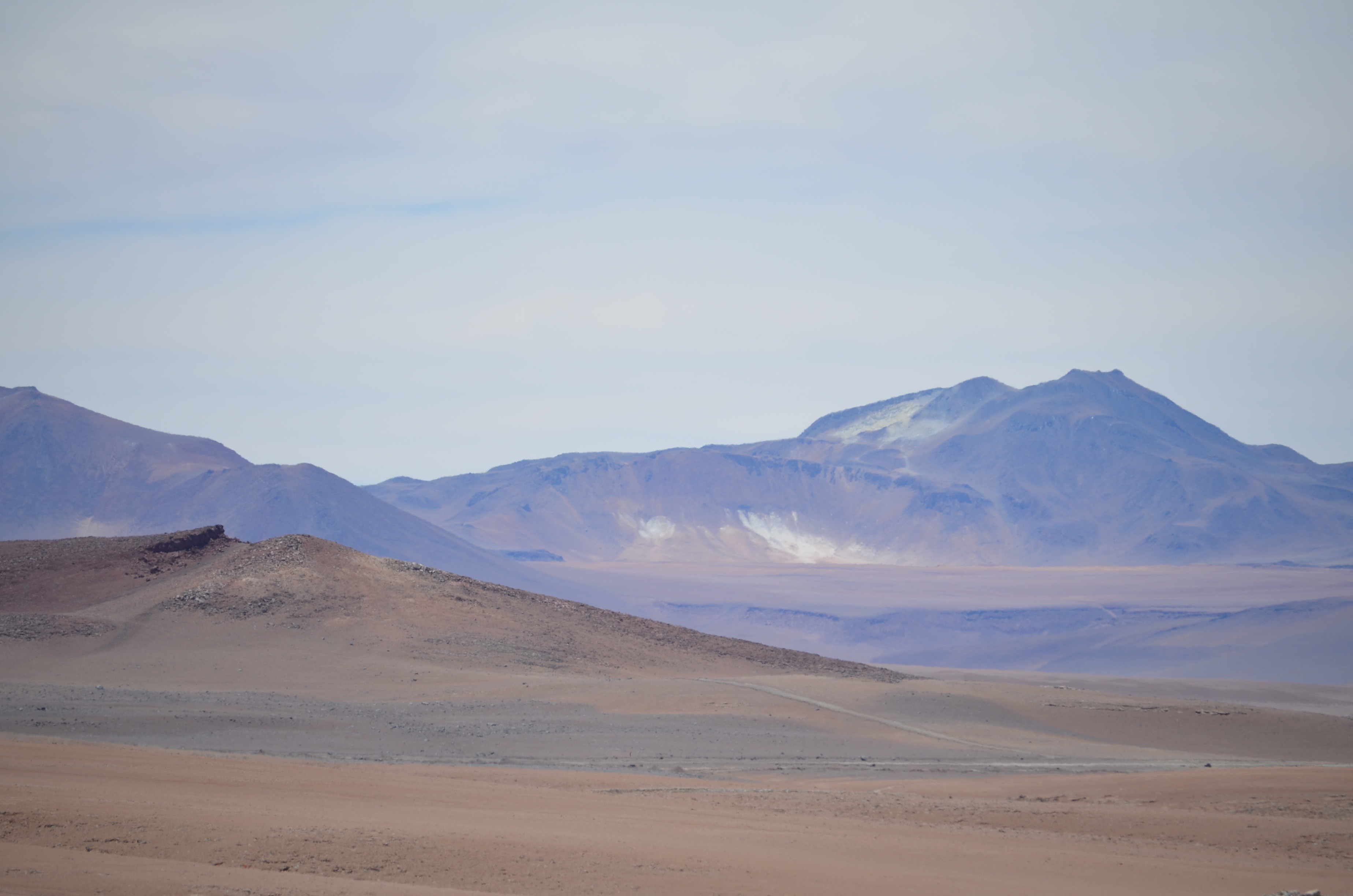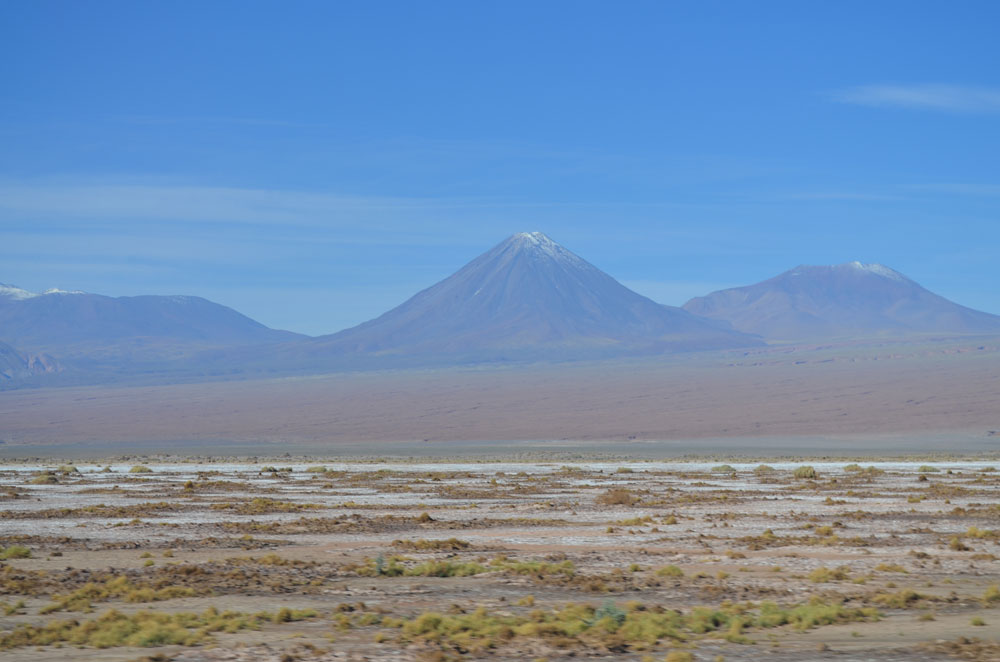What the Driest Desert in the World Feels Like


My lips were constantly chapped and my skin flaky and dry during my stay in the world's driest desert. Yet the climate is surprisingly soothing, too, with an utter lack of humidity and refreshing breezes blowing through periodically.
I was in Chile's Atacama Desert this March for the inauguration of the new ALMA telescope (Atacama Large Millimeter/submillimeter Array), a collection of 66 radio antennas mounted at an altitude of 16,500 feet (5,000 meters) on the Chajnantor Plateau.
I don't know what was more thrilling — seeing the spectacular observatory, or experiencing its otherworldly surroundings.
The Atacama is so dry that some parts of it haven't received rain for hundreds of years. Certain spots are orange and red, evoking the terrain of Mars more than Earth. Yet other areas experience enough rainfall to support a surprising amount of scrub vegetation and even cacti.
And on the horizon, pointed volcanoes and snowcapped Andes mountains tower over the scene. Many of the volcanoes are active, with smoke seeping ominously from the tops of some. A byproduct of this volcanism is the salt that's littered throughout the desert, coating many ground surfaces with a white sheen.
All these factors combine to create a landscape unlike any place I've ever seen.
Clara Moskowitz visited Chile on a trip paid for by the U.S. National Radio Astronomy Observatory.Follow Clara on Twitterand Google+. Follow us @OAPlanet, Facebook or Google+. Original article on LiveScience's OurAmazingPlanet.
Get the world’s most fascinating discoveries delivered straight to your inbox.




